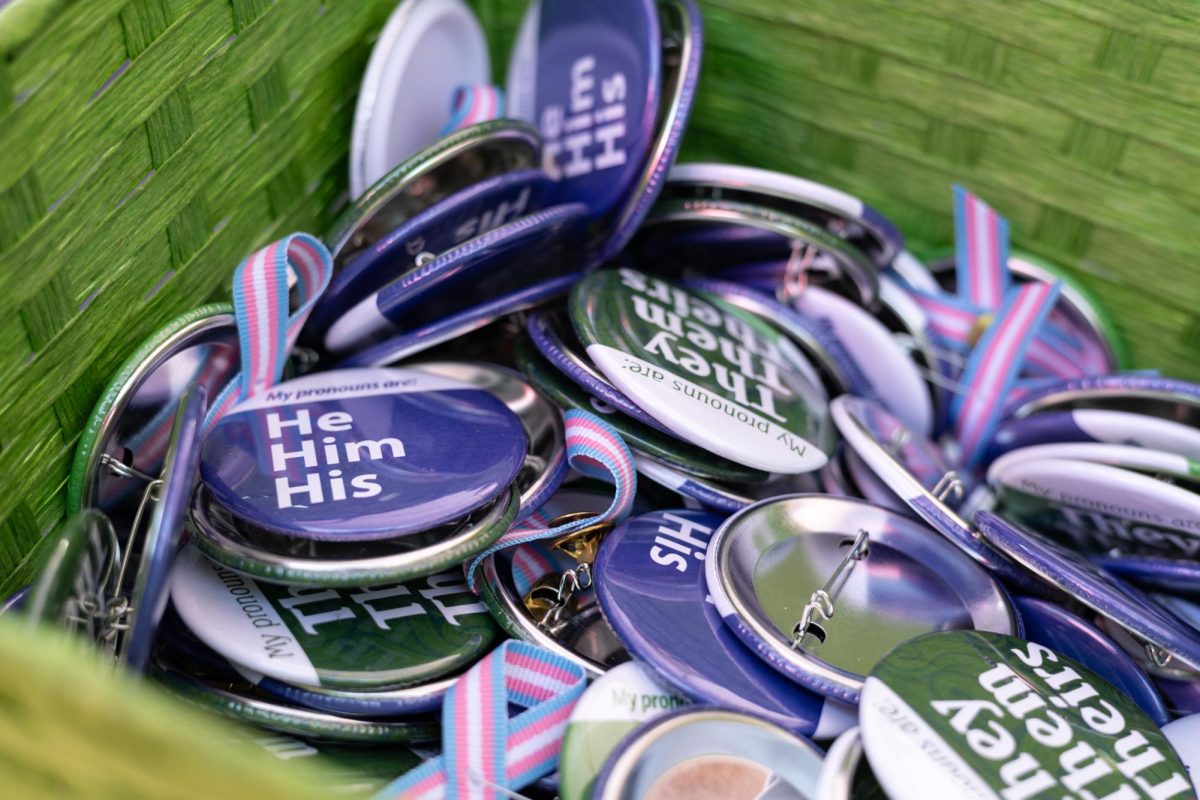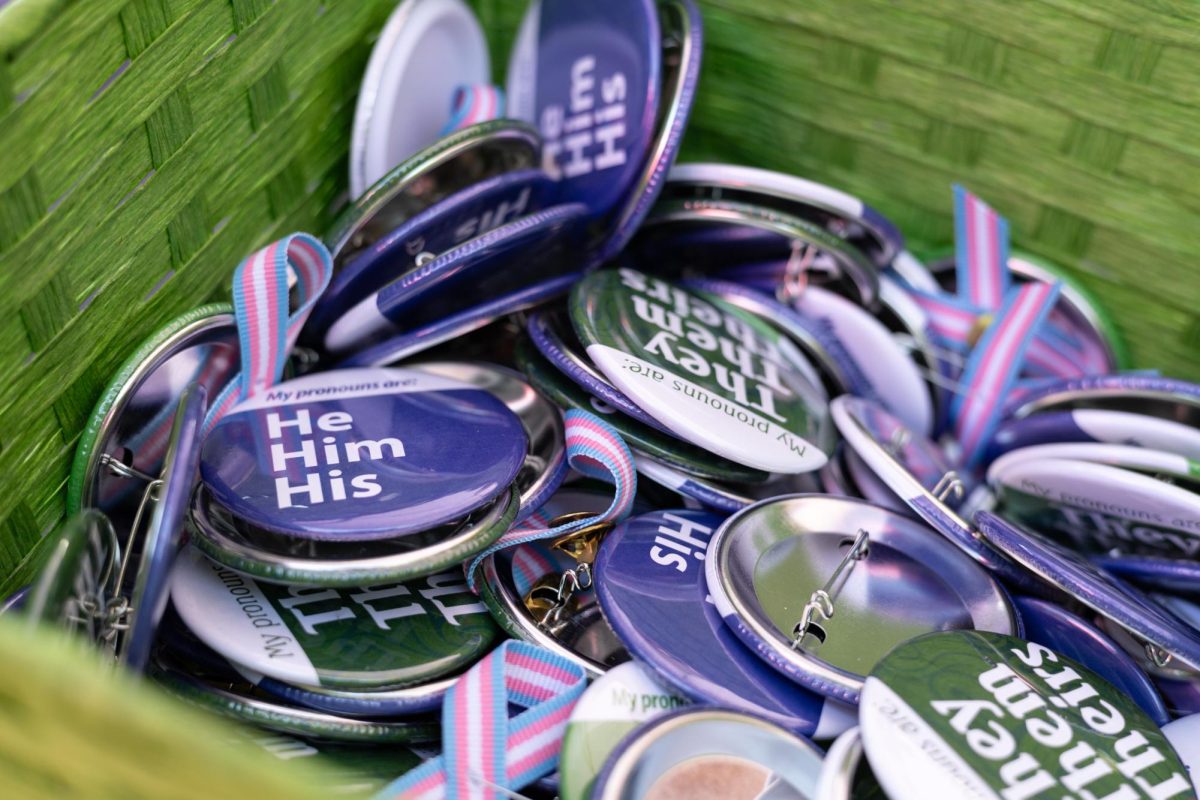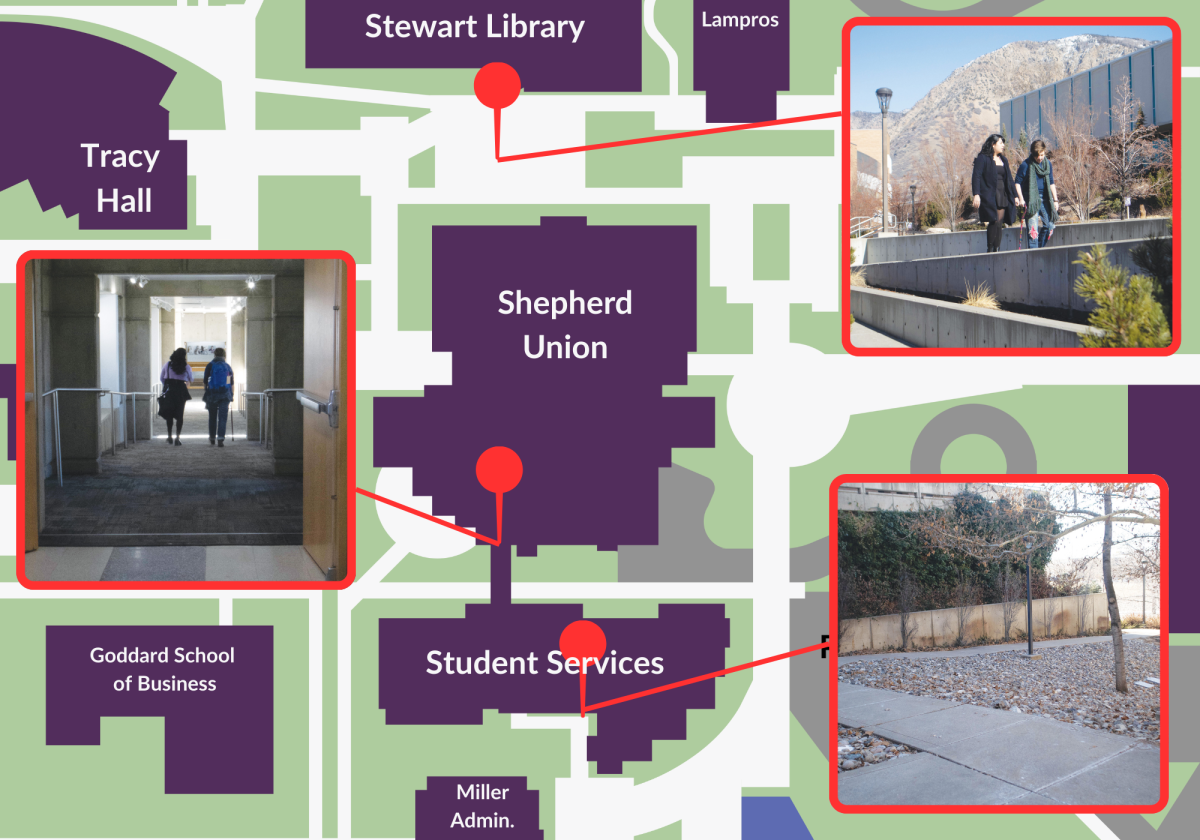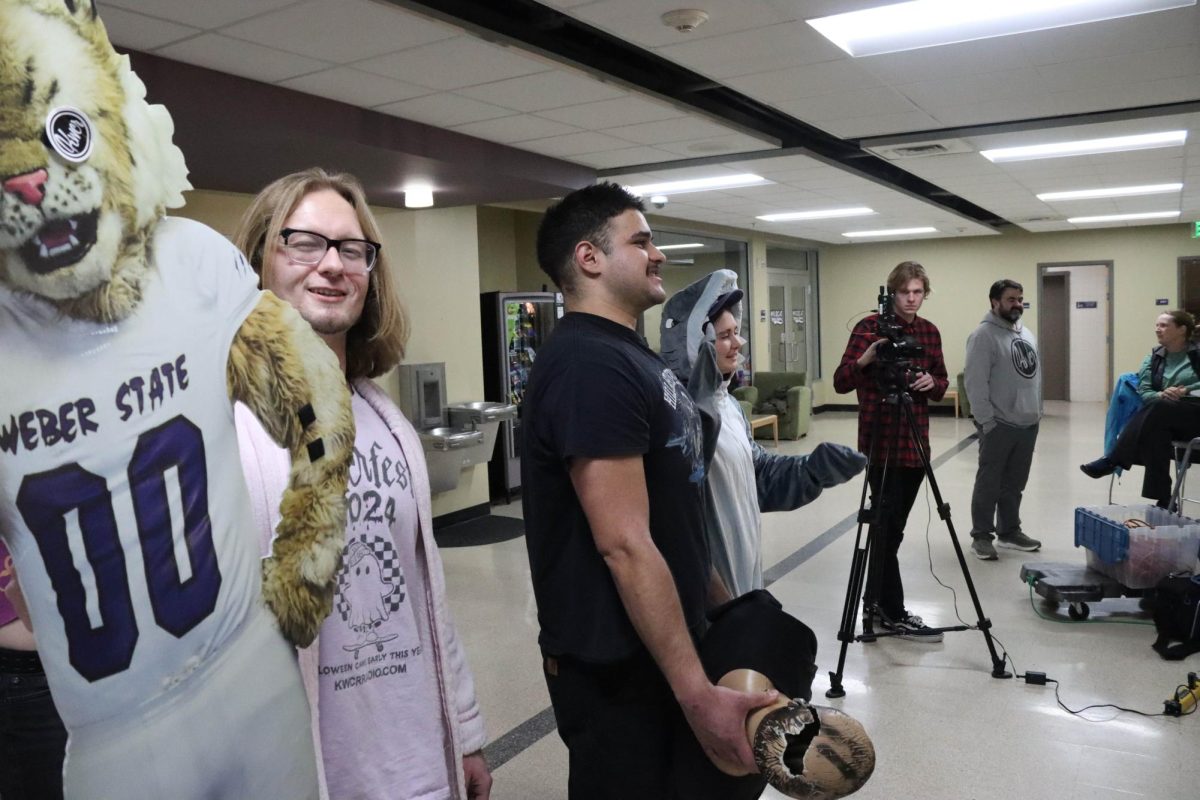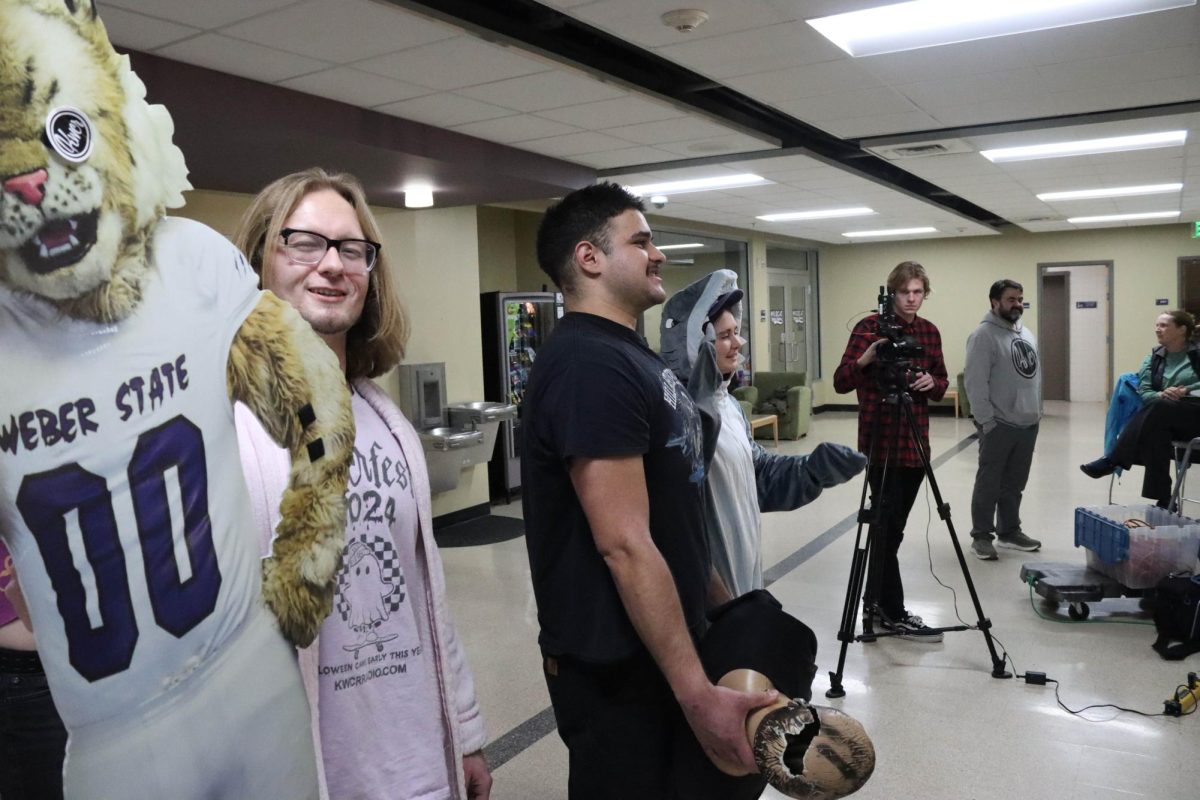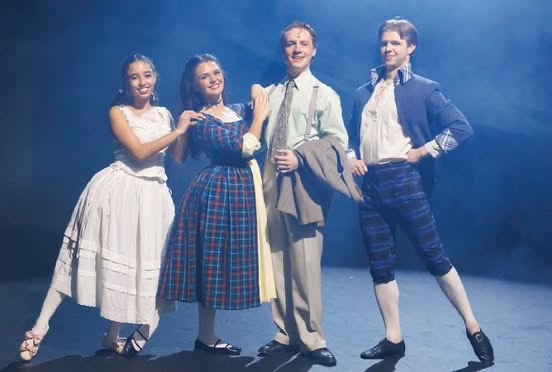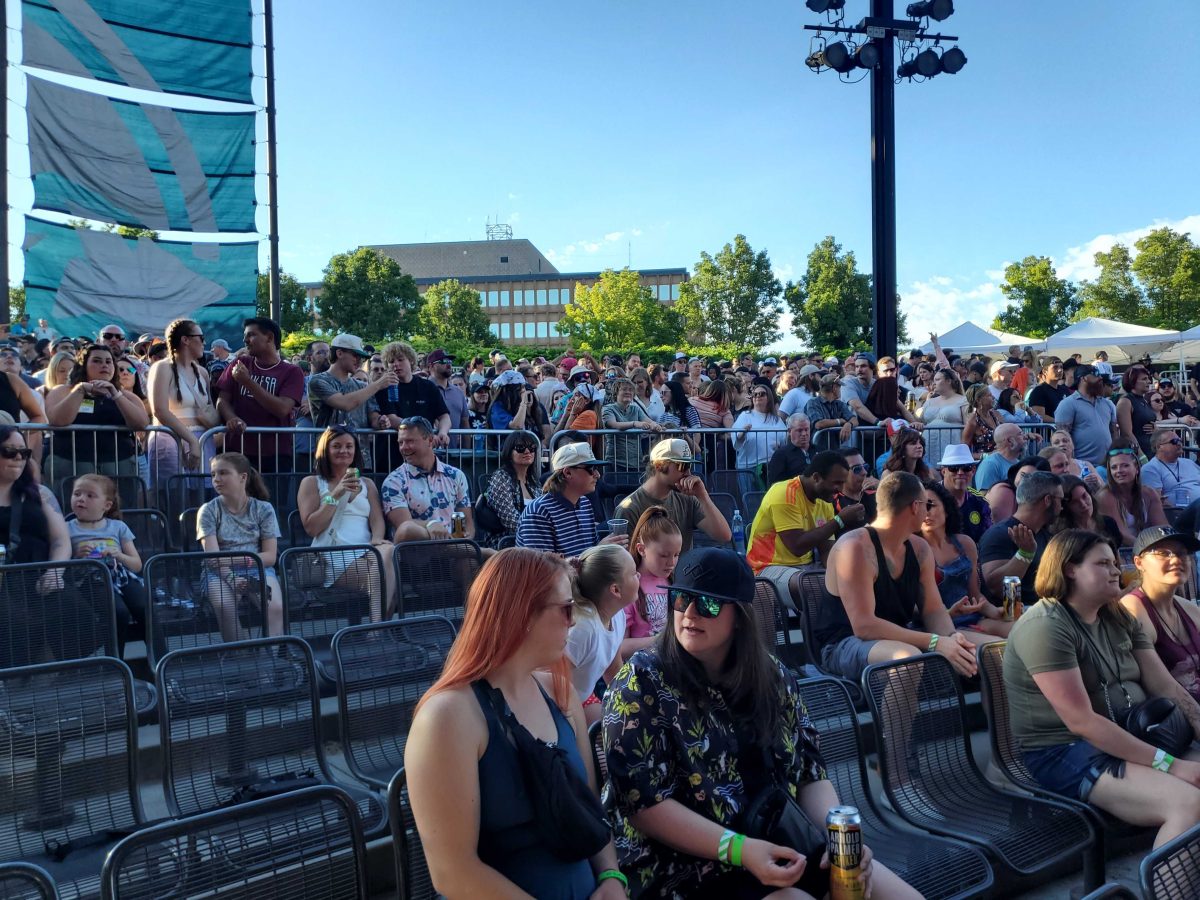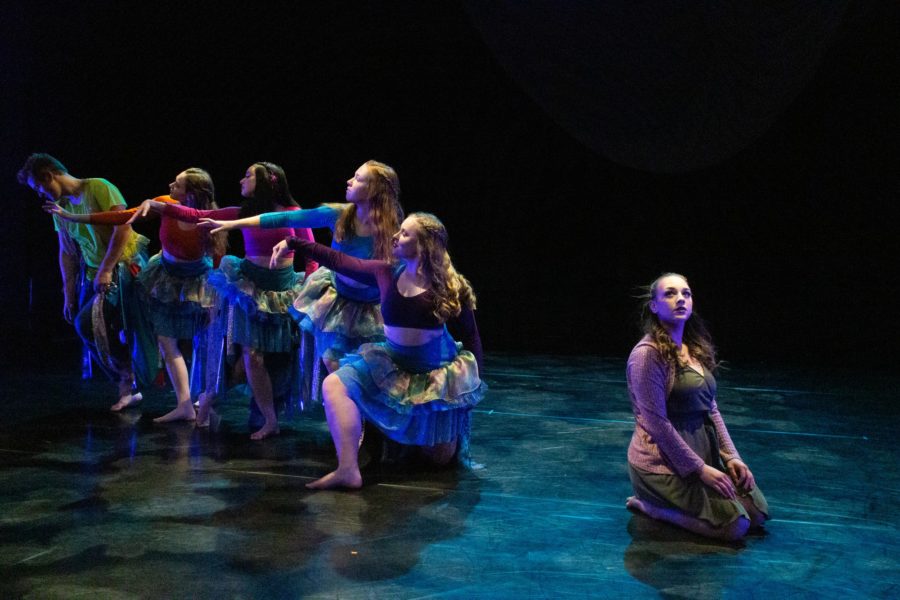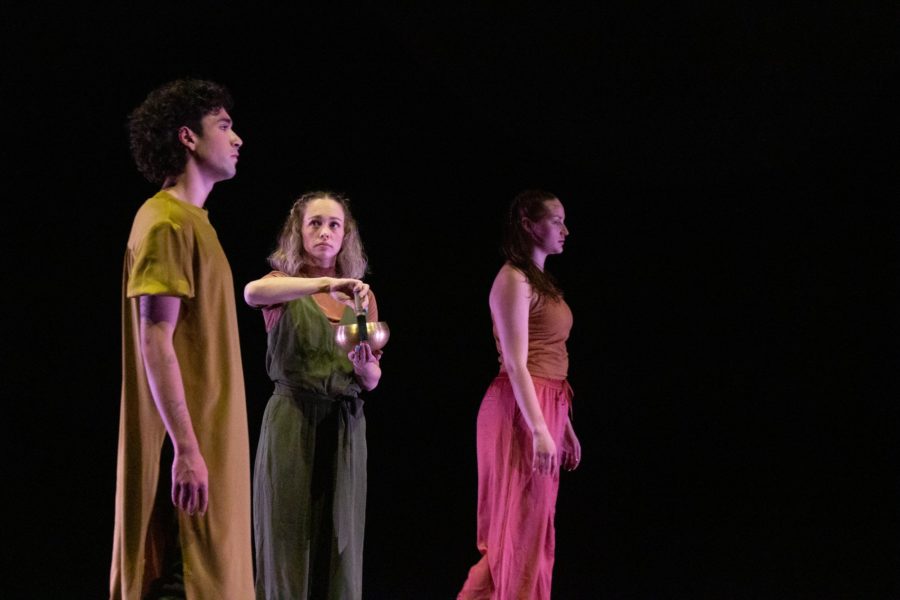
Medieval music and instruments like the ‘shawm’ may not be things students at Weber State University are familiar with, but after taking a course like Music 1010, an introductory art class, they just might be.
“This class has been on the books for years, it goes way back,” said Thomas Root, a professor of music and director of the bands at WSU for the past 28 years. “This is the first semester I have actually taught this specific class, but I hope to again because I really am enjoying it.”
Although Root might be new to this music course, his musical experience and background stretches far back. He has 22 published compositions with four publishers for band, chamber ensembles and orchestra. He has also had compositions performed in America, Japan, Australia and Europe. Root said what he really enjoys about music is that “you can just bury yourself in in it.”
“It’s timeless,” he said, “and it takes you in your own little private world, no matter what you are listening to. It’s unique.”
Music 1010 is being offered Fall semester at 11 different times, including mornings, nights and Saturdays.
“Even though we do not have a hard time getting students to register for this class, I think some students hesitate because they are not a music major,” Root said. He is interested in pulling in more non-music majors, hoping to give them a chance to appreciate the music they hear. The course also gives students a better understanding of how their favorite songs are put together and recorded, and gives the students an opportunity to try WSU’s new MyMusicLab.
“The high technological base of MyMusicLab is pretty new,” Root said. “It’s barely a couple of years old.”
The new MyMusicLab is an etext designed to help students succeed through interactive experiences. The lab includes listening activities to help students identify key musical styles and composers, and gives them instant feedback on how to build listening skills.
“It is really neat because it gives us constant input on technology, the music that we are listening to, references to how the music and composers work, and it really brings the music to life a lot more than a dry lecture would,” Root said. “I think this type of teaching is the way of the future and there will come a time that it will be hard to find a course that is not taught like this.”
This course is designed for majors and non-majors, some of whom need an art credit to finish their generals. Craig Wilcox, a WSU construction management major, says he is one of these students.
“The thing I enjoy most about this class is the interactive learning,” Wilcox said. “My mom graduated from WSU with her degree in music and had Dr. Root as a professor. She has gone on to teach music in schools for the last 16 years.”
This course also typically interests students who are deciding whether they should dedicate themselves to the pursuit of a music major.
“I love music and I love how this class teaches all the different styles of music, especially medieval, because that style is new to me,” said Aaron Froerer, a WSU freshman. Froerer is undecided when it comes to what he wants to pursue his degree in, but is thinking about minoring in music.
“I would love to learn how to write music as a hobby,” he said.
Root describes the class goal as “a greater appreciation of the rich history and interesting relationships between genres, and how much or little has changed in all the years modern humans have written and performed music.”
Some of the requirements for the class are six short quizzes, two short essays on topics of the music eras and a final exam. Students are also required to write two concert reports from attending a WSU concert on campus.




